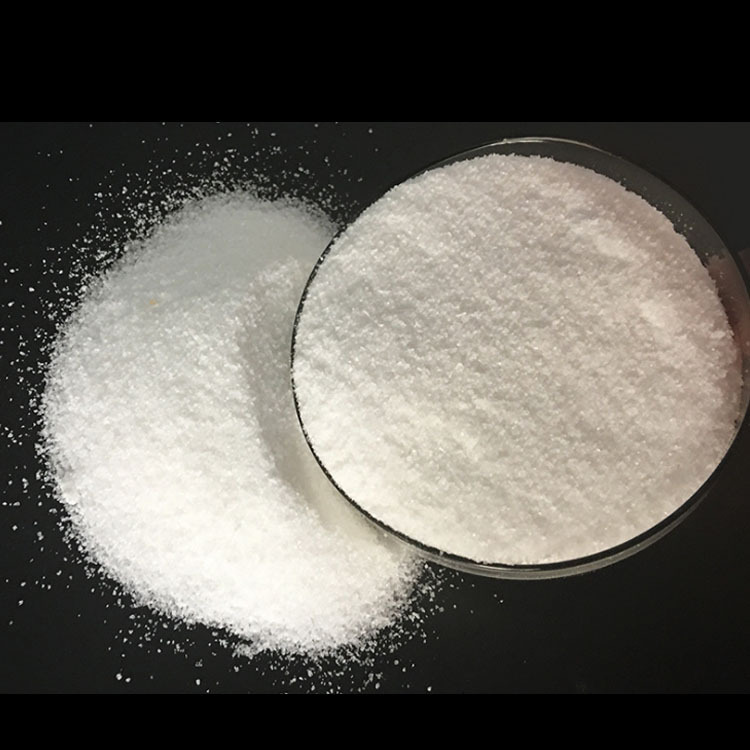Strictly speaking, soap is also an anionic surfactant, but it has been customarily divided into two categories with synthetic surfactants, so this article will not discuss it. Synthesis problem
Alkylbenzenesulfonate (TPS)
In terms of production and consumption, the anionic surfactant alkylbenzene sulfonate ranks first among synthetic surfactants after soap. . In the early production of alkylbenzene sulfonate, propylene oligomerization was used to generate tetrapolypropylene, which was then alkylated with benzene to obtain branched dodecylbenzene, which was then sulfonated and neutralized. The structure of this alkylbenzene sulfonate (TPS for short) is as follows;

CHa CH, CH3 CH sSO3Na
Propylene oligomerization uses phosphoric acid as a catalyst.
The tetramer of propylene is not a compound, but a highly branched dodecene mixture with double bond positions randomly distributed. TPS was a new type of anionic surfactant in the 1940s and 1950s. It had good foaming ability and washing function, and the petrochemical industry could provide a large amount of propylene glycol raw materials, so it developed rapidly. However, a large amount of TPS is discharged into the sewer along with the dirt. Because the biochemical degradation performance of branched TPS is poor, pollution problems will soon occur. So in 1964, TPS was replaced by linear dodecylbenzene sulfonate (LAS). The main advantage of LAS is that there are no branches in the alkyl group. This structure is similar to the hydrophobic terminal alkyl group in natural oils and has good biochemical degradation properties.
Alkyl benzene sulfonate is a light yellow viscous liquid. Its sodium salt or forged salt is neutral, soluble in water, and not sensitive to water hardness. Good stability to acids and alkalis. Its calcium salt or magnesium salt has lower solubility in water, but is soluble in lamp solvents. The salt of LAS is very stable to oxidants and can be used in the currently popular internationally popular laundry detergent formulas that add oxidative bleach. Another feature of LAS is its strong foaming ability. It can be compounded with detergent. Due to the above characteristics, coupled with low cost and stable quality, it still dominates the consumption of household laundry detergent.
LAS is different from TPS in that its starting raw material is linear chlorine or linear olefin, but its reaction position is not necessarily at the end point of the raw hydrocarbon.
The so-called straight chain only means that the hydrocarbon chain is a straight chain. In fact, what is obtained after alkylation of benzene with the above raw materials is secondary alkyl benzene. However, from the perspective of the alkyl chain itself, it is still a straight chain.
The first step of the reaction is the alkylation reaction. When using hydrogen fluoride or aluminum trichloride as the catalyst for sulfonation, fuming sulfuric acid was mostly used in the past. The disadvantage is that after the reaction, some waste acid always exists in the sulfonated material, and the sodium sulfate generated after neutralization is brought into the product, affecting the purity of the product. In recent years, the advanced technology of gaseous sulfur trioxide sulfonation has been gradually adopted. Sulfur dioxide can be evaporated from 60% fuming sulfuric acid, or a process that generates sulfur trioxide on-site can be used. The latter is more reasonable from economic considerations. The moraineed material enters the neutralization system and is neutralized with NaOH solution. Finally enter the spray drying system for drying. A very fluid powder is obtained.
In industrial production, linear alkyl benzene sulfonates are not a single product, but linear alkyl benzene and benzene interact at any position in the chain. , producing a mixture of different secondary alkylbenzenes.

 微信扫一扫打赏
微信扫一扫打赏

